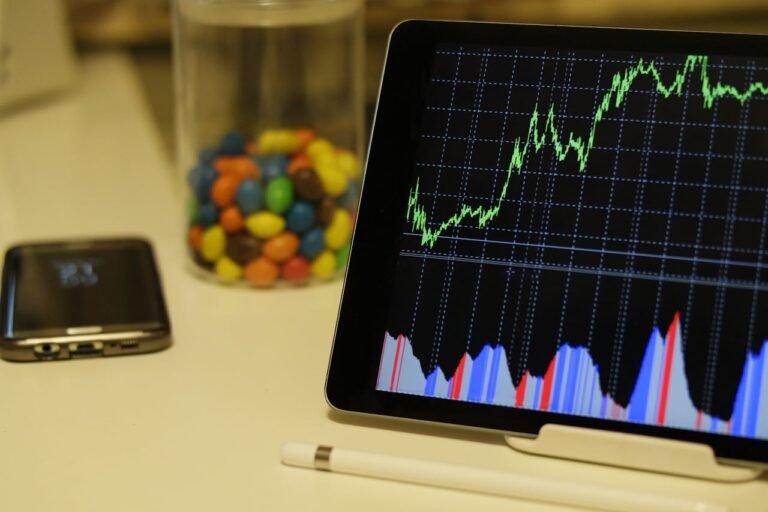
If you’ve been trading forex or even just getting started, you’ve probably heard a lot about charts, indicators, and strategies. But at the core of all these technical tools lies one simple concept: supply and demand. Understanding how supply and demand drive price movements can be the ultimate key to unlocking profitable trades. Let’s dive into what supply and demand are and how they can help you become a successful trader.
What Are Supply and Demand in Forex?
In simple terms, supply and demand refer to how many buyers and sellers are in the market at any given time. When there’s more demand (buyers) than supply (sellers), prices go up. When there’s more supply than demand, prices fall. This dynamic creates the price movements you see on your charts every day.
Why Is Understanding Supply and Demand So Important?
- Predict Market Movements: By understanding the balance (or imbalance) of supply and demand, you can better predict where the price is likely to go next. This gives you an edge when deciding when to enter or exit trades.
- Spot Key Price Zones: Supply and demand help you identify areas where the price is likely to reverse. These are known as supply zones (where sellers take over) and demand zones (where buyers step in).
- Simplify Your Trading: Instead of relying on tons of complicated indicators, focusing on supply and demand lets you trade with a cleaner chart and a clearer strategy.
How to Identify Supply and Demand Zones
Spotting supply and demand zones on your chart is easier than you might think. Here’s how to do it:
- Supply Zones: Look for areas on the chart where the price has dropped sharply. This indicates there were lots of sellers in the market at that point, making it a supply zone.
- Demand Zones: Demand zones are the opposite. They’re areas where the price jumped up quickly, showing that buyers came in strong and pushed the price higher.
- Look for Consolidation: Before a big move (either up or down), the price often consolidates—this means it moves sideways for a while before breaking out. These consolidation areas can be great supply or demand zones.
How to Use Supply and Demand in Your Trading Strategy
Now that you know how to spot supply and demand zones, let’s talk about how to use them to improve your trading:
- Buy in Demand Zones: When the price drops into a demand zone, it’s a good time to consider buying because the price is likely to rise as buyers step in.
- Sell in Supply Zones: On the flip side, when the price reaches a supply zone, it’s a good opportunity to sell or go short because sellers will likely push the price down.
- Set Stop-Losses Around These Zones: Use supply and demand zones as reference points for setting your stop-loss orders. For example, place your stop-loss just below a demand zone when buying or just above a supply zone when selling.
Conclusion
Mastering supply and demand is one of the most powerful tools in forex trading. It allows you to understand the real drivers behind price movements and gives you the ability to predict where the market might be headed next. By focusing on supply and demand zones, you can simplify your trading, manage risk better, and ultimately increase your chances of success. So, start practicing spotting these key areas, and watch your trading skills grow!